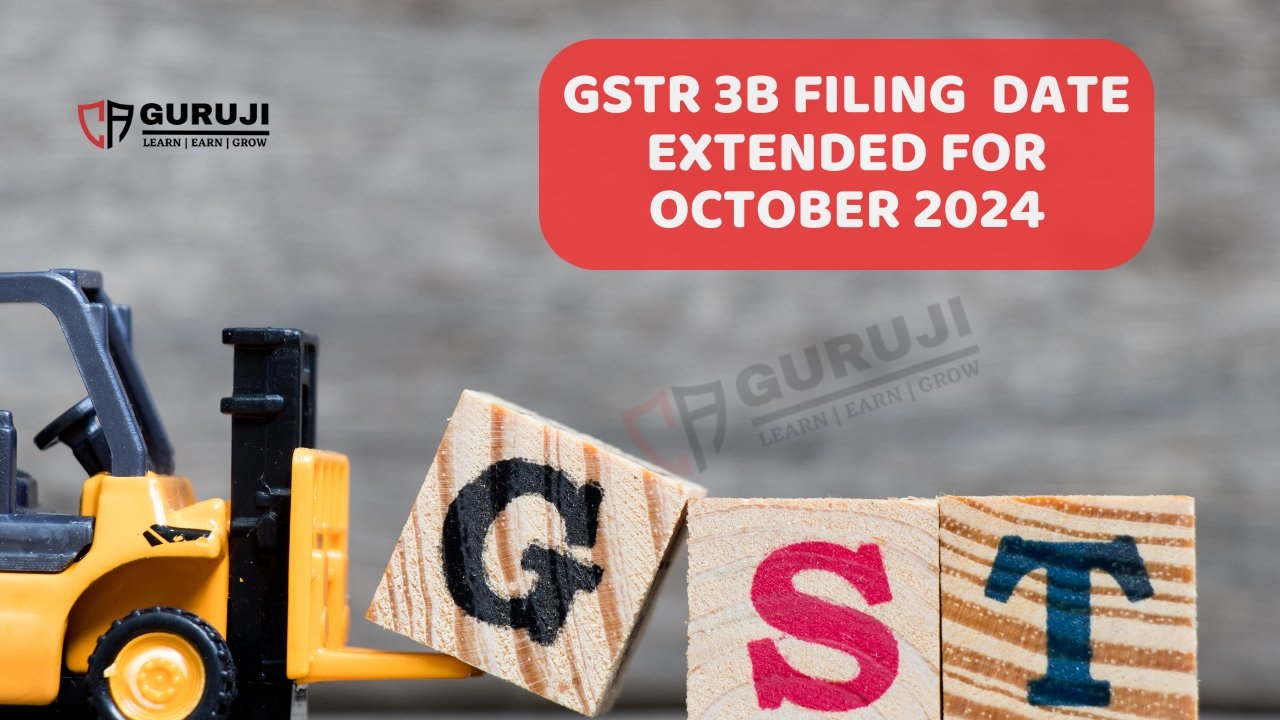Illustration: Binay Sinha
India’s equity markets are slated to witness a significant development in trade settlement. On March 11, the Securities and Exchange Board of India (Sebi) said it is all set to introduce an optional T+0 settlement from March 28, making same-day equity cash trade settlement a reality for some investors.
What is the T+0 settlement?
The market regulator’s proposal is to settle trades on the same day in the stock market for immediate transfer of funds and securities between buyers and sellers. In the T+0 settlement, investors selling their stocks will receive money on the day of the sale instead of the current T+1 process, in which the trades are settled on the next trade day.
To simplify, after an investor sells their shares in the stock market, they receive money in their demat accounts on the next trading day. In the T+0 programme, the money will be credited on the same day of sale.
How will T+0 settlement be implemented?
SEBI has proposed that the new settlement process will be implemented in two phases. In the first phase, an optional T+0 settlement cycle is proposed for trades until 1:30 pm, with the settlement of funds and securities to be completed on the same day by 4:30 pm.
In the second phase, an optional immediate trade-by-trade settlement for funds and securities will be introduced, allowing trading until 3:30 pm. After this phase is implemented, Phase 1 (optional T+0 settlement) will be discontinued.
How will it work?
SEBI chairperson Madhabi Puri Buch said that the T+0 settlement will be an optional parallel process applicable to non-custodian or non-institutional clients.
Initially, T+0 settlements will be made available for the top 500 listed equity shares based on market capitalisation. This will be done in three tranches of 200, 200, and 100, starting from the lowest and moving towards the highest market cap.
Experts believe that shortening the settlement cycle will increase liquidity in the market because it will ensure faster access to cash, enabling more money to flow into the market and making it more liquid.
A brief account of the evolution of the settlement cycle
Initially, the Indian bourses followed an account period settlement system. This system referred to trades pertaining to a period stretching over more than one day being settled together. For instance, trades executed between Monday and Friday were settled together on a specific date. These settlements restricted the liquidity in the market as most of the traded cash was withheld for longer durations. Thus, it was discontinued after SEBI’s intervention in 2002, when the rolling settlement system was introduced.
What is a rolling settlement?
Rolling settlement refers to the process whereby security trades are settled on a rolling basis instead of on a fixed date. In this setup, securities traded on the current date are settled on successive dates.
In July 2001, SEBI introduced the rolling settlement system, replacing the fixed settlement cycle, which was blamed for poor delivery, distrust among traders, and frequent defaults. By December 20021, all listed companies started following a T+5 settlement (5 business days from the trade date) cycle. Eventually, the settlement cycle was reduced to T+3 in April 2002 and further to T+2 in April 2003.
In September 2021, the SEBI allowed stock exchanges to introduce a T+1 settlement cycle on any of the securities available in the equity segment starting January 1, 2022. With the huge inflow of equity investors in recent years, the market regulator’s new settlement process is expected to benefit traders.
Visit www.cagurujiclasses.com for practical courses











